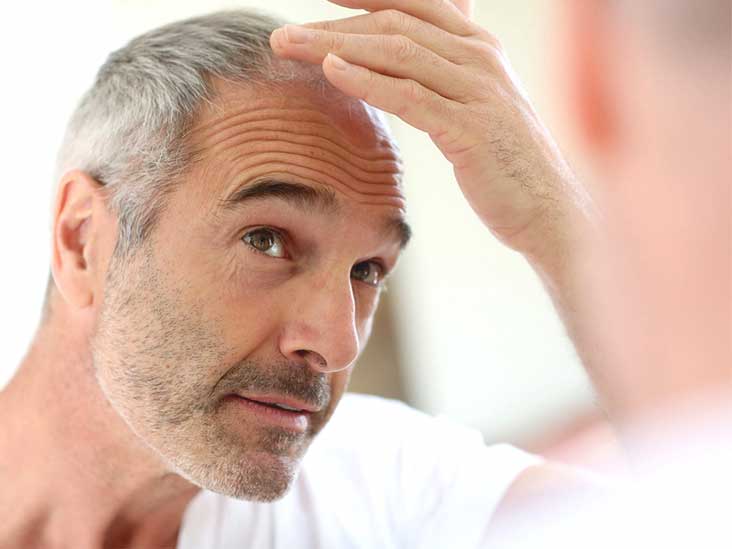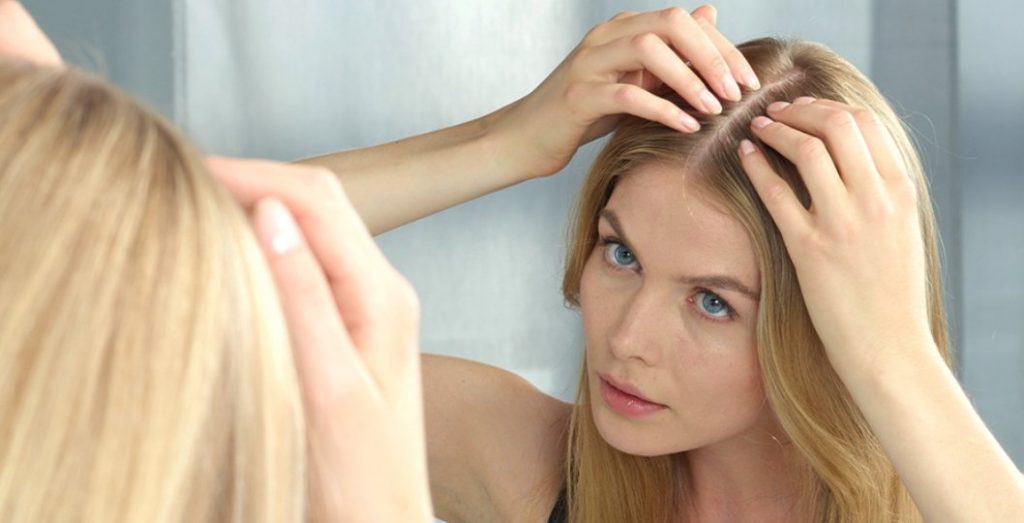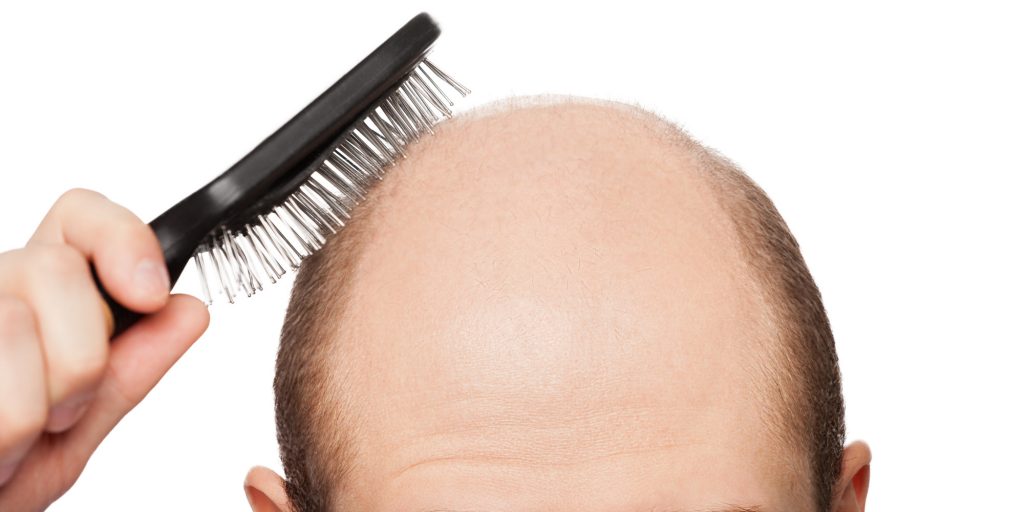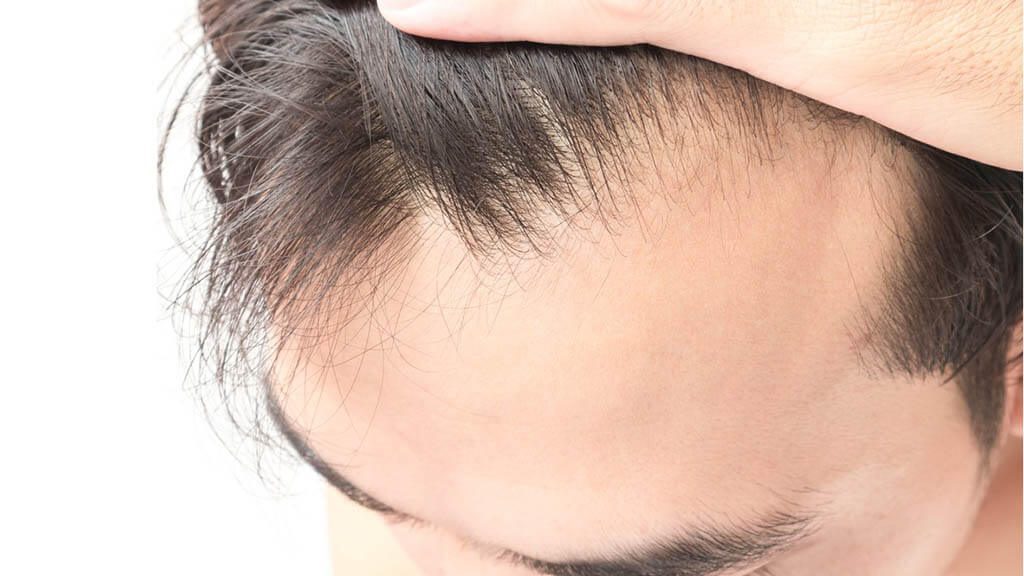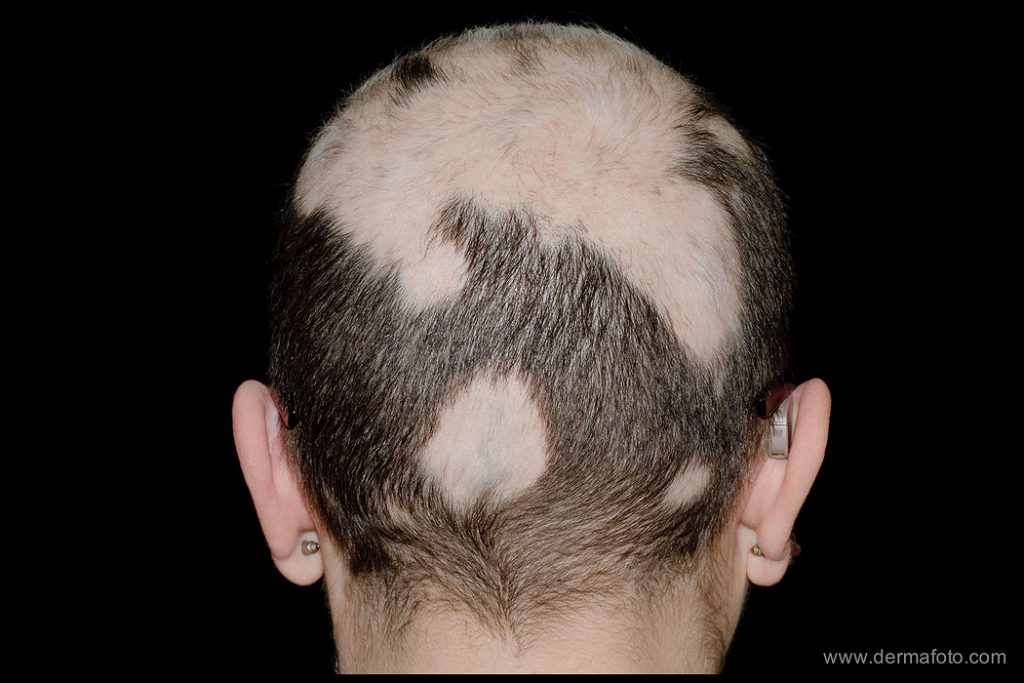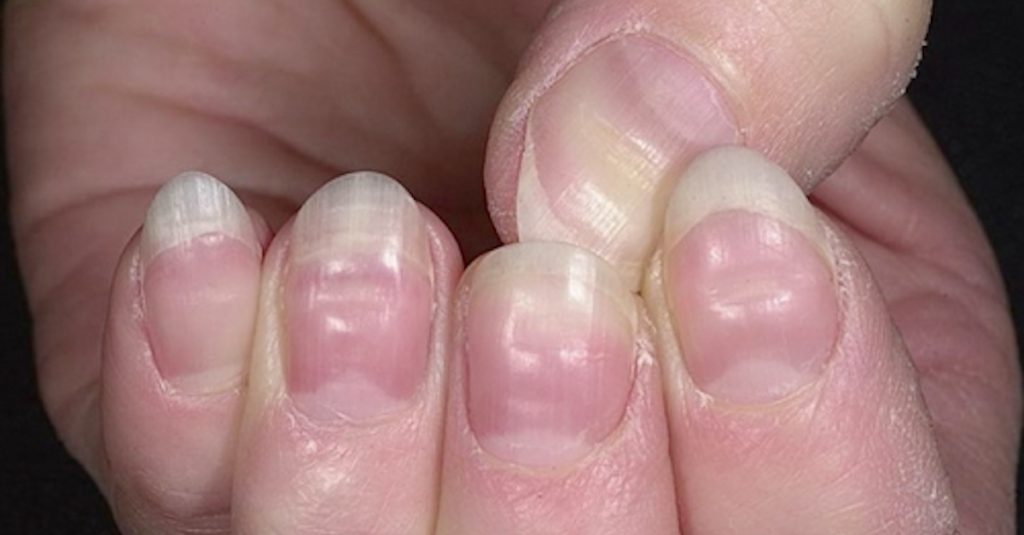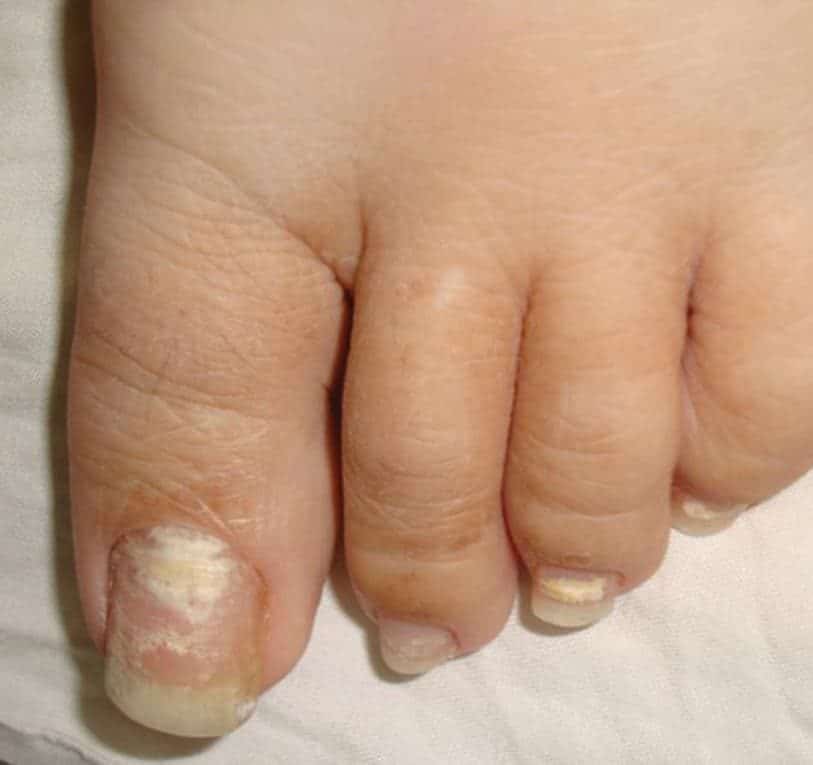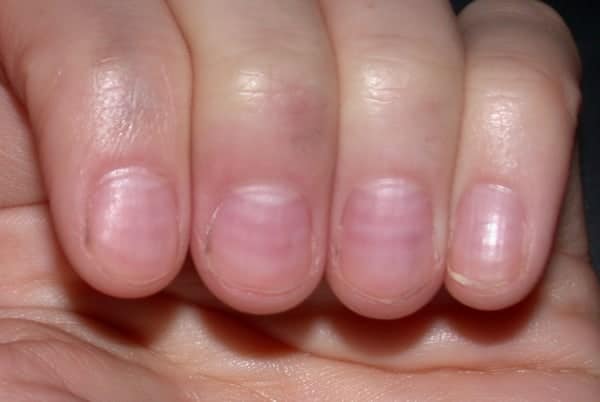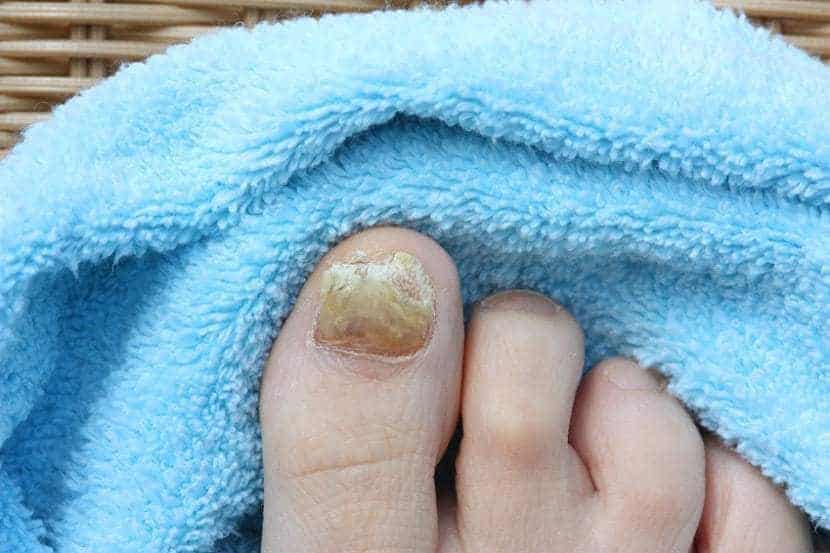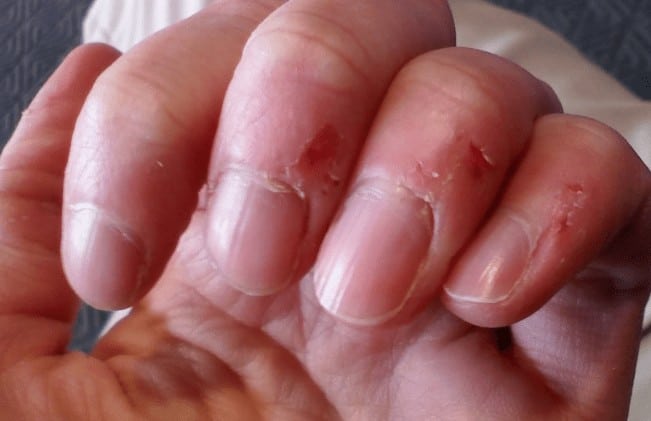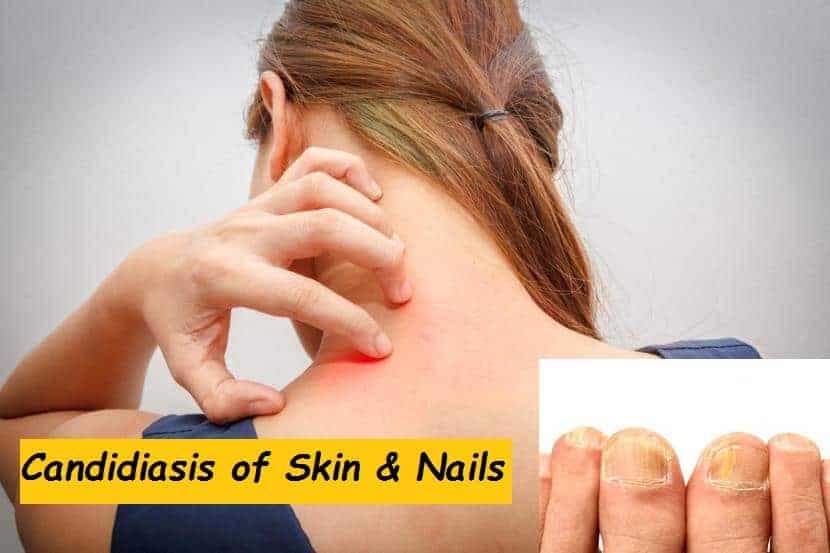Alopecia Areata: Types, Causes + How It Affects Hair & Nail
Hair loss is a problem that many people face in their daily lives, albeit in a small way. However, for some, hor loss happens on a larger scale, to the extent that it is noticeable and continuous. There is a medical term for this: Alopecia. So, what is alopecia? And how does that affect the health of your nails? Let us explore the various issues associated with this malady.
What Is Alopecia?
Simply put, Alopecia refers to the loss of hair. This hair loss can be of various forms, ranging from a small bald patch to loss of the entire body hair.
Cuticle Infection? Find Out Remedies Here
Types of Alopecia
Depending on who this malady affects and the pattern of hair loss, alopecia can be classified into the following categories:
Male-pattern Baldness: Also known as androgenetic baldness, this malady affects men. The cause of this kind of baldness is said to be rooted in genetics an so is a hereditary trait. The condition is usually traced to a high proportion of dihydrotestosterone (DHT) in males. Typically, the male-pattern baldness starts manifesting from the late twenties or early thirties. It begins as thinning of hair and gradual receding of hair from the temples or the back of the head. Ultimately, a wreath of hair survives on the head.
Female-pattern Baldness: While there are almost concrete causal agents for androgenetic baldness, a similar trait observed in women remains unexplained to this day. All that can be said of this malady is that it usually affects post-menopausal women. One theory suggests that this balding effect is brought about by the hormonal changes in the body at this age.
Cicatricial Alopecia: Also known as scarring alopecia, this types of alopecia is marked by a complete loss of hair and no regrowth as the hair follicles are completely destroyed. This condition is more commonly witnessed in adults than in children.
Telogen Effluvium: This is a kind of alopecia which is characterized by a general thinning or hair, brought about by excessive shedding of hair. This is attributed to the hair follicles moving into their telogen phase – viz. the resting stage. This is often caused by some kind of psychological or physiological stress. The good part is that the hair loss is temporary and regrowth happens after approximately six months.
Anagen Effluvium: This condition is characterized by the loss of hair in large volumes from not just the head but also other parts of the body in a short time. Its causes are rooted in pathological problems, mainly radiation treatments such as chemotherapy. Once the radiation therapy has been stopped, the hair regrows after six months.
Causes of Alopecia
As we have explored above, hormonal changes are often key to the loss of hair in men and women, although some of it is also genetic. However, studies have revealed that hair loss can also be attributed to one or more of the following:
- Associated medical conditions like scleroderma and discoid lupus and cancer
- Emotional or physical trauma
- Extreme dieting practices, especially if done suddenly
- Serious infections
- Some forms of medication
What Is Alopecia Areata?
There exists a fifth kind of alopecia called alopecia areata. This is not as serious as some other forms of alopecia but does present some practical difficulties. This form of alopecia is characterized by bald patches that come and go. The patches themselves are small and recover, only to recur. The skin which shows is unscarred and looks otherwise normal. In some extreme cases, a victim may lose all the hair on the head – a condition known as alopecia areata total.
Besides the scalp, loss of hair can be witnessed in other parts of the body, such as the eyelashes, beards, brows etc. This condition is called alopecia areata universalis. The patch which has suffered the hair loss may tingle slightly.
What Causes Alopecia Areata?
You may be wondering what is alopecia areata caused by if it affects so many seemingly ordinary people. The key causal agent for alopecia areata is an autoimmune disorder. This means that the body’s innate immune system – more specifically the T-lymphocytes or white blood cells – attack the hair follicles, suppressing their actions and thus preventing hair growth. In all cases of alopecia areata, the hair follicles otherwise remain active and working. All they require is a signal from eth body to commence generation of hair.
In some cases, heredity may play a part. Anybody with a family history of this condition is more likely to suffer the same. However, it should be noted that alopecia areata is by no means contagious. In most cases, if the hair is patched in the balding area, chances are the hair will regrow. For more severe forms of hair loss, steroid injections are often recommended, however, these are known to yield unreliable results, viz. it may work for some and may not for others.
How Do The Nails Get Affected by Alopecia Areata?
Patients if Alopecia Areata (AA) often also suffer nail dystrophy. According to a study between 10 to 66 percent of patients with AA suffer these effects in their nails. In fact, the more severe the case of alopecia areata, the more evident the signs of nail dystrophy. Nearly 15 percent of victims of alopecia areata Universalis suffer an extreme form of nail dystrophy. The common symptoms include:
- Brittle and fragile nails
- Superficial pitting of nails, also known as trachonychia
- Striated lunulae, also known as erythematous blotches
- Occasionally there is a slight pain at the fingertips
The medical community is yet to deliver a fool-proof solution to any form of alopecia, including alopecia areata. In some cases, the condition rectifies itself and may not occur again; in other cases, there are frequent relapses. In fact, nail health is one of the surest ways of keeping track of this malady.
Get Rid of Your Split Fingernails
From the point of view of manicurists, patients suffering from alopecia areata and pitted nails do not pose any additional challenge. The disease is not contagious and the nails can be beautified like any other healthy woman’s. As a precaution, the manicurist may avoid the use of excessively harsh chemicals, as the body of the patient is highly sensitive – courtesy the hyperactive immune system.
